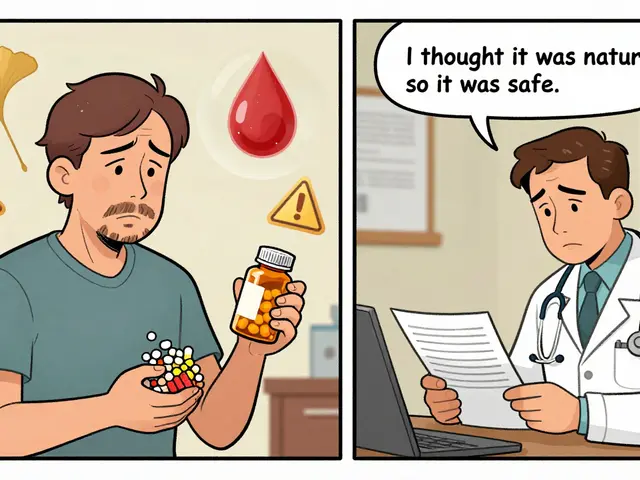Fungal Infections – What They Are, How to Spot Them and Stop Them
If you’ve ever noticed a rash that won’t go away or a nail that looks strange, chances are a fungus is behind it. Fungi love warm, damp places, so they show up on feet, groins, mouths and even under nails. The good news? Most infections are easy to treat once you know what you’re dealing with.
Common Types and Their Symptoms
Athlete’s foot is the classic toe‑toes problem – itching, burning and flaky skin between the toes. Ringworm isn’t a worm at all; it appears as a red, circular patch with a clear center that spreads outward. Yeast infections affect many women, causing itching and a thick white discharge. Nail fungus turns toenails yellow, brittle and thick, while oral thrush shows up as white patches on the tongue or inside the cheeks.
Treatment Options That Actually Work
Over‑the‑counter creams with clotrimazole or terbinafine work well for mild skin infections. For stubborn cases, a doctor may prescribe stronger oral meds like fluconazole. Some people swear by tea tree oil or apple cider vinegar, but use them sparingly and test on a small area first. Keep the affected spot clean and dry – that alone speeds up healing.
When you buy an OTC product, follow the directions exactly: apply twice daily for at least two weeks, even if symptoms fade sooner. Stopping early lets the fungus come back. If you notice swelling, fever or spreading rash, it’s time to see a professional – those could be signs of a deeper infection.
Prevention is easier than cure. Wear breathable shoes and change socks daily; let your feet air out after workouts. Use powder or spray in shoes that tend to get sweaty. For athletes’ foot‑prone areas, keep showers and locker rooms dry with a mat. Cut nails straight across and avoid sharing nail clippers.
Diet matters too. High sugar feeds yeast, so limiting sweets can reduce flare‑ups. Probiotic foods like yogurt help balance your body’s natural microbes, giving fungi fewer chances to overgrow. Stay hydrated and wash hands after touching potentially contaminated surfaces.
If you’re prone to recurring infections, talk to a doctor about a preventive prescription or a skin‑test to identify specific fungal strains. They might recommend a short course of medication during high‑risk seasons, like summer when feet are in sandals more often.
Remember, most fungal infections aren’t dangerous – they just want the right conditions to grow. Spotting early signs, treating promptly and keeping things dry will keep you fungus‑free for good.








